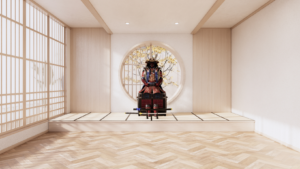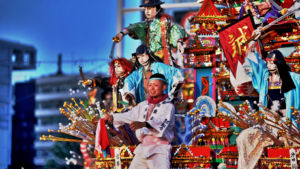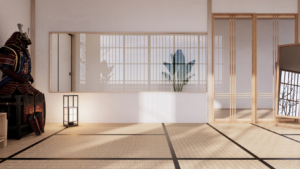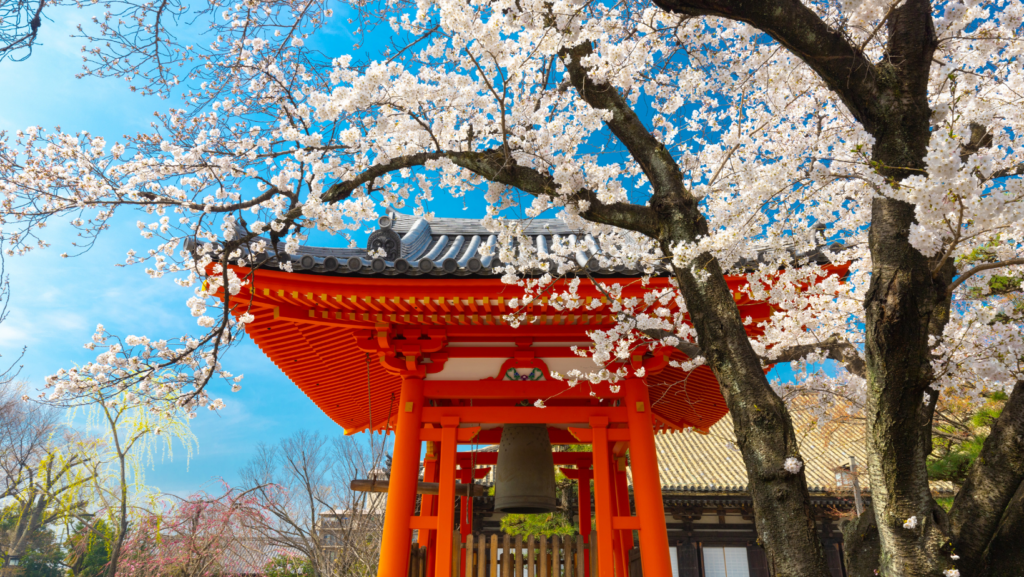Japanese modern art is a vibrant tapestry that weaves together tradition and innovation, capturing the imagination of art enthusiasts worldwide. Emerging from a rich cultural heritage, this dynamic art form bridges the gap between the past and the present. It reflects Japan’s ability to embrace change while honoring its storied history. From the bold strokes of Nihonga to the avant-garde expressions of contemporary artists, Japanese modern art offers a unique perspective that challenges and inspires.
In recent decades, Japanese artists have gained international acclaim for their innovative approaches and distinctive styles. Their work often explores themes of identity, technology, and nature, resonating with global audiences. As a result, Japanese modern art has become a significant force in the global art scene, influencing artists and collectors alike. By examining the evolution and impact of Japanese modern art, one can gain a deeper appreciation for its role in shaping both cultural and artistic landscapes.
Japanese Modern Art

Japanese modern art reflects a harmonious balance of tradition and modernity, showcasing both historical influences and contemporary themes. Rooted in a rich cultural tapestry, artists draw inspiration from ancient techniques while integrating innovative approaches. They create works that explore diverse subjects, including identity, technology, and environment.
Innovation defines this art form. Artists like Yayoi Kusama blend polka dots and mirrors, challenging perceptions of space and infinity, while Takashi Murakami’s Superflat style melds pop culture with fine art. These artists achieve recognition by pushing boundaries and exploring new mediums.
Influential Artists and Movements
Japanese modern art integrates diverse influences and has proliferated through movements and artists that push creative boundaries while fostering cultural dialogue.
The Impact of Western Art
Western art has played a pivotal role in shaping Japanese modern art since the late 19th century. Influences emerged during the Meiji Restoration when Japan opened up to Western innovations. The introduction of oil painting techniques, impressionism, and cubism inspired Japanese artists to experiment, leading to a fusion of styles. Western art offered new perspectives on color, form, and subject matter, which artists incorporated into traditional approaches. The mono-ha movement of the 1960s, for example, embraced minimalism and employed natural and industrial materials to create a dialogue between man and the environment.
Notable Artists of the Era

Prominent figures in Japanese modern art continue to impact global audiences. Yayoi Kusama, renowned for her immersive installations and polka-dot motifs, combines pop art with psychological themes. Takashi Murakami, recognized for his superflat style, blurs the line between high and low art by integrating motifs from Japanese pop culture and traditional nihonga painting. Another key artist, Yoshitomo Nara, captures youthful defiance and innocence through his stylized portraits of children and animals. These artists exemplify the versatility and innovation in contemporary Japanese art, demonstrating how cultural narratives and global influences converge in their works.
Mediums and Techniques
Japanese modern art showcases a fascinating integration of various mediums and techniques. Artists balance traditional methods with cutting-edge technology to create innovative works that captivate a global audience.
Traditional Methods in Modern Art

Many artists incorporate traditional methods to honor their cultural heritage. Techniques like Sumi-e, which involves ink wash painting, connect past aesthetics with contemporary themes. Nihonga, a style using mineral pigments on paper or silk, maintains its relevance in modern contexts. Ceramics also play a vital role, with artisans exploring form and functionality while respecting time-honored practices.
Adoption of New Technologies
Japanese artists embrace new technologies to expand their creative horizons. Digital art, for example, offers limitless possibilities for innovation. Interactive installations use virtual reality (VR) to engage viewers in immersive experiences. Projection mapping, another advanced technique, transforms spaces into dynamic works of art, reflecting Japan’s embrace of technological advancements. These methods highlight the adaptability and forward-thinking nature of contemporary Japanese art.



